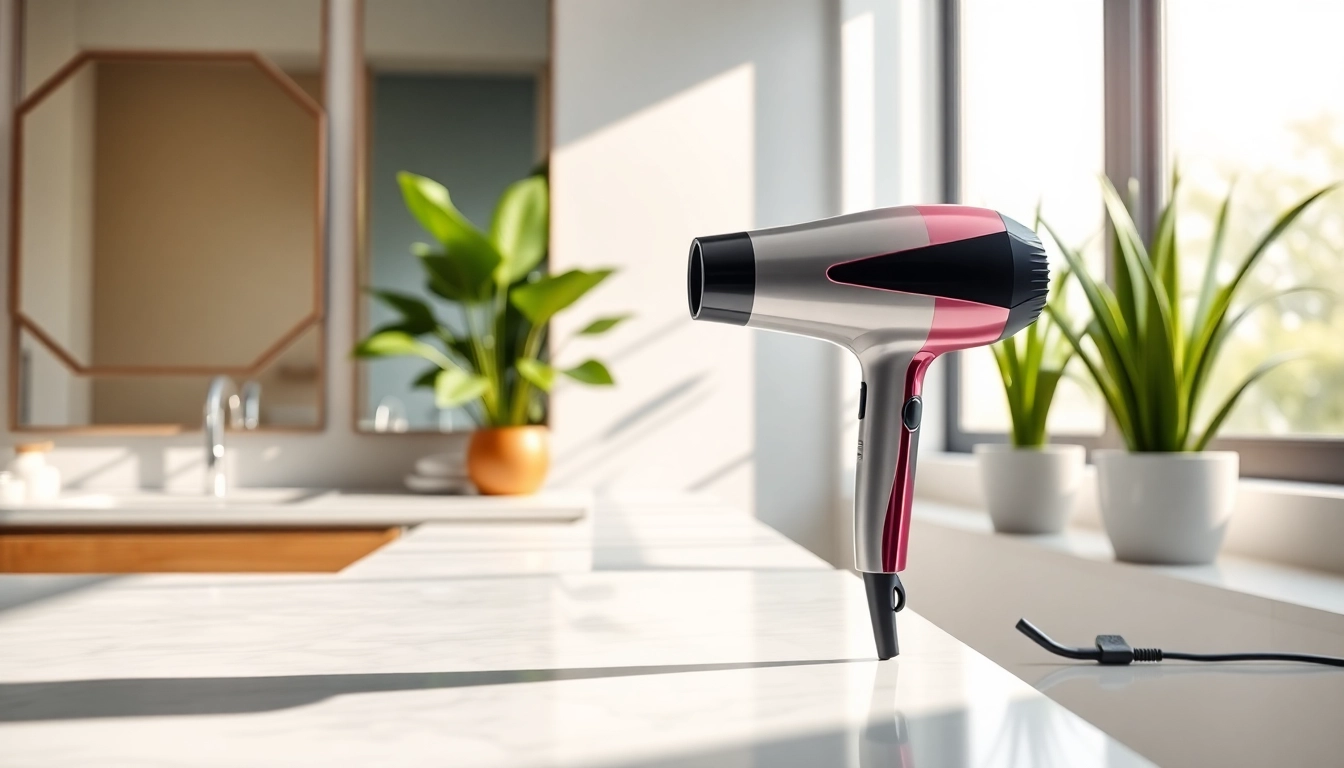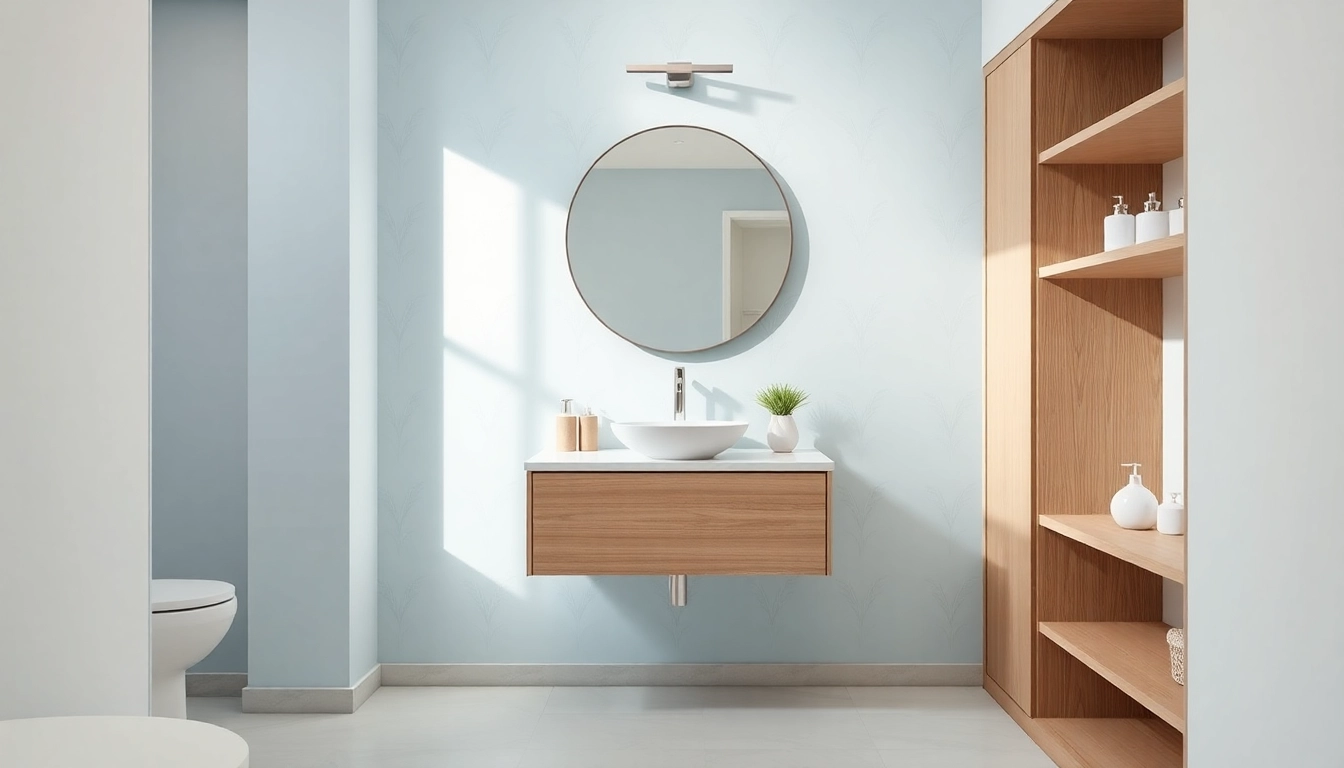Understanding the Advantages of Lightweight Hair Dryer
In the world of hair care, choosing the right tools can significantly impact the health and appearance of your hair. One such tool that has gained momentum among beauty enthusiasts is the lightweight hair dryer. Unlike traditional dryers, which can be cumbersome and heavy, lightweight alternatives deliver power and efficiency without the added strain. But what exactly are the advantages of using a lightweight hair dryer? Let’s explore.
Why Choose a Lightweight Hair Dryer?
There are several compelling reasons to consider a lightweight hair dryer for your styling routine. First and foremost, the obvious advantage is ease of use. If you’ve ever felt fatigued after a long blow-drying session with a heavy appliance, a lightweight hair dryer can provide relief. With designs focused on ergonomics and user comfort, these dryers reduce the strain on the wrist and arm, enabling longer use without discomfort.
Moreover, lightweight hair dryers do not compromise on power. Many models boast advanced motor technology, allowing for quick drying times while still maintaining manageable weights. Additionally, their portability makes them ideal for travel, ensuring you can maintain your hair care routine anywhere, whether you’re on vacation or at the gym.
Impact on Hair Health
Another significant advantage of lightweight hair dryers is their positive impact on hair health. Hair can be damaged by excessive heat exposure, which is often a result of prolonged drying sessions. Many lightweight models feature advanced heat control settings that help minimize the potential for heat damage. Furthermore, with their ability to deliver focused airflow at various temperatures, they allow for tailored drying experiences based on your hair type.
In contrast with heavier models, which may take longer to dry hair at high heat, the efficient airflow and lower overall weight of a lightweight hair dryer contribute to healthier styling habits. Regular use of such technology can lead to shinier, healthier hair over time, making them a preferred choice for many professionals in the industry.
Portability for Travel
Traveling with a conventional hair dryer can be cumbersome, but lightweight alternatives change this narrative completely. Many lightweight hair dryers are compact and designed for easy storage. Their travel-ready designs often feature dual voltage capabilities, making them practical for international trips. Having a lightweight hair dryer means not having to sacrifice your hair styling routine even while on the go.
In addition to their compact size, many models also come with protective cases or are structured to fit seamlessly into your luggage, providing convenience and ensuring you always have your drying tool on hand. Whether heading for a weekend getaway or an extended journey, the portability of a lightweight hair dryer cannot be overstated.
Key Features to Look for in a Lightweight Hair Dryer
When selecting the ideal lightweight hair dryer, several features should be taken into consideration to ensure you find the best fit for your needs. Below are some essential attributes worth evaluating.
Motor Power and Performance
The motor’s power is a critical factor that dictates how effective a hair dryer will be. Lightweight hair dryers often incorporate high-performance motors that deliver effective airspeed and heat without the extra weight. Look for dryers that mention wattage in their specifications; models with higher wattages generally lead to faster drying times. A good benchmark to consider is around 1800 to 2000 watts for optimal performance without excessive weight.
Heat and Speed Settings
A versatile hair dryer should come with multiple heat and speed settings to cater to different hair types and styling needs. Adjustable settings allow users to customize their drying experience; for instance, using lower heat for thin or damaged hair to decrease the risk of heat damage, while choosing higher settings for thicker hair types. Some high-quality lightweight hair dryers offer a cool shot feature as well, which helps to set hairstyles and add shine.
Design and Ergonomics
The design plays a significant role in user experience. Lightweight hair dryers often feature ergonomic handles and are structured to balance weight properly, thus reducing wrist strain. Consider whether the dryer feels comfortable in your hand and if it has a tangle-free cord for easy maneuvering. Look for additional elements such as removable filters for easy cleaning and storage compartments for attachments that might enhance your styling options.
Best Practices for Using a Lightweight Hair Dryer
While a lightweight hair dryer offers numerous benefits, proper usage is crucial for achieving optimal hair health and style. Here are some best practices to follow.
Proper Technique for Optimal Results
To make the most of your lightweight hair dryer, adopt the right drying technique. Begin by towel-drying your hair to remove excess moisture, as this can significantly cut down on drying time. When blow-drying, maintain a distance of around 6 to 8 inches from your scalp to prevent overheating and focus on sections, working from the roots to the tips.
Utilizing a nozzle attachment can help concentrate airflow on specific areas, allowing for more targeted drying and styling. It’s recommended to dry hair in sections to ensure even drying across your entire head. This technique also helps reduce frizz and maintain the hair’s natural texture.
Safeguarding Hair from Heat Damage
Even though lightweight hair dryers generally offer better heat management, it’s important to be proactive in safeguarding hair from potential damage. Applying a heat protectant before using the dryer can add a layer of protection, making hair less susceptible to dryness and splitting. Additionally, ensure you regularly clean the filter and avoid using the dryer on the highest heat setting unless necessary. Switching between heat settings can help minimize damage while still achieving the desired result.
Maintenance Tips for Longevity
To ensure your lightweight hair dryer lasts many years, consider implementing a few maintenance strategies. Regular cleaning of the filter is essential, as dust and hair buildup can impede airflow and performance. Always unplug the dryer after use, and store it in a safe, dry place to avoid moisture accumulation. Inspect the cord and overall exterior for any signs of wear that might require attention.
Following these maintenance tips ensures that your hair dryer remains reliable and functional, ultimately enhancing your hair care experience.
Comparing Lightweight Hair Dryer Options on the Market
With a wide variety of lightweight hair dryers available, understanding how to compare them can help you make informed decisions. Here’s a guide to assessing options effectively.
Price vs. Features Analysis
Price is often a primary consideration when choosing a lightweight hair dryer, but higher cost doesn’t always equate to higher quality. Investigate what features are offered at different price points. Is there a balance between cost and performance? Identify essential features that matter to you personally, such as speed settings, wattage, and brand reputation. Occasionally, paying slightly more for a well-reviewed model might save you money in the long run due to increased durability and superior results.
User Reviews and Ratings
Reading user reviews and ratings can provide valuable insights into the real-world performance and reliability of lightweight hair dryers. Potential buyers can gain perspective on how the dryer performs in various settings, its longevity, and whether it lives up to the advertised capabilities. Look for patterns in reviews; consistent feedback around usability or design features can highlight strengths and weaknesses that may not be immediately apparent.
Top Brands and Their Offerings
When exploring lightweight hair dryers, it’s also beneficial to be aware of the brands leading the market. Brands typically have a reputation for specific features, quality, or customer service. Research brand histories and warranties to help guide your decision-making process. It’s always a good idea to choose brands that prioritize innovation and customer satisfaction, as these are indicators of quality in the long run.
Innovations in Lightweight Hair Dryer Technology
The world of hair care technology is constantly evolving, and lightweight hair dryers are at the forefront of this innovation. Let’s delve into what’s trending and what may shape the future of hair drying tools.
Emerging Trends in Design and Functionality
Recent years have seen a surge in technological advancements in lightweight hair dryers, including the integration of ionic technology, which helps to reduce static and frizz while enhancing shine. Some models now incorporate smart sensors that adjust temperature and airflow based on humidity levels, greatly improving drying efficiency.
Another trend is the incorporation of sustainable materials into dryer designs. Eco-friendly practices are being embraced across the beauty industry, with an emphasis on creating products that minimize waste and environmental impact. This shift not only meets consumer demand for sustainable products but showcases the innovation inherent within the industry.
Future Developments in Hair Care Tools
The future of hair dryers appears promising, with continuous improvements targeted towards enhancing user experience. Innovations such as sound-dampening technology are being developed to reduce noise, making the drying process quieter and more pleasant. Moreover, advancements in app connectivity could give users access to personalized styling tips and performance insights via a companion app, making for an even smarter styling tool.
Adapting to Consumer Needs and Preferences
As consumer preferences shift, it’s crucial for lightweight hair dryer manufacturers to adapt effectively. The focus on customizable features, user-friendly designs, and multifunctionality will likely drive the market in the coming years. Catering to the needs of diverse hair types and styling preferences will be key in the competitive landscape, ensuring that products remain relevant and appealing to consumers.



